| Title | Lincoln Boyhood |
| Park Code | libo |
| Description | Abraham Lincoln grew from youth to manhood on this southern Indiana soil. Many character and moral traits of one of the world's most respected leaders was formed and nurtured here. Explore Lincoln's boyhood and learn about the boy who would one d... |
| Location | |
| Contact | |
| Activities |
|
| Entrance fees |
|
| Campgrounds | Count: 0
|
| Places | Count: 8
Cabin Site MemorialA bronze casting of sill logs and fireplace hearthstones symbolizes a cabin that the Lincolns began building in 1829. 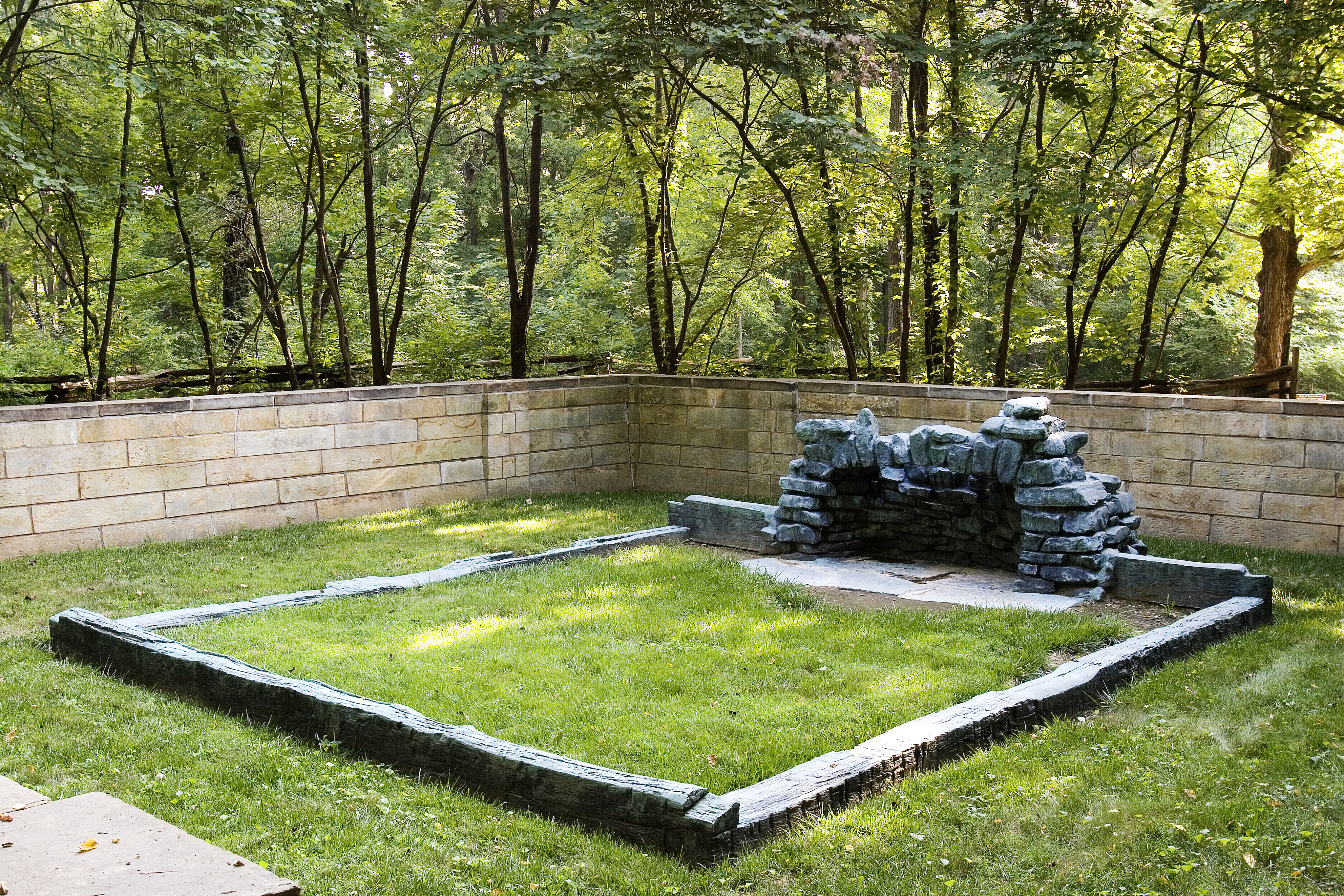
Grave Site of Nancy Hanks LincolnAbraham Lincoln's mother, Nancy Hanks Lincoln, was buried in what today is known as the Pioneer Cemetery. Nancy died of milk sickness in 1818, and was buried on the hill just south of the Lincoln's farm. Her exact burial place is unknown, but visitors can see the memorial grave marker from the trail. 
Lincoln Living Historical FarmThis re-created homestead is on the original site of the Thomas Lincoln farm in Indiana. A cabin and outbuildings from the 1800s were reassembled here. There are split-rail fences, livestock, vegetable and herb gardens, and field crops. Park rangers in period clothing demonstrate farm life with historic tools and techniques. 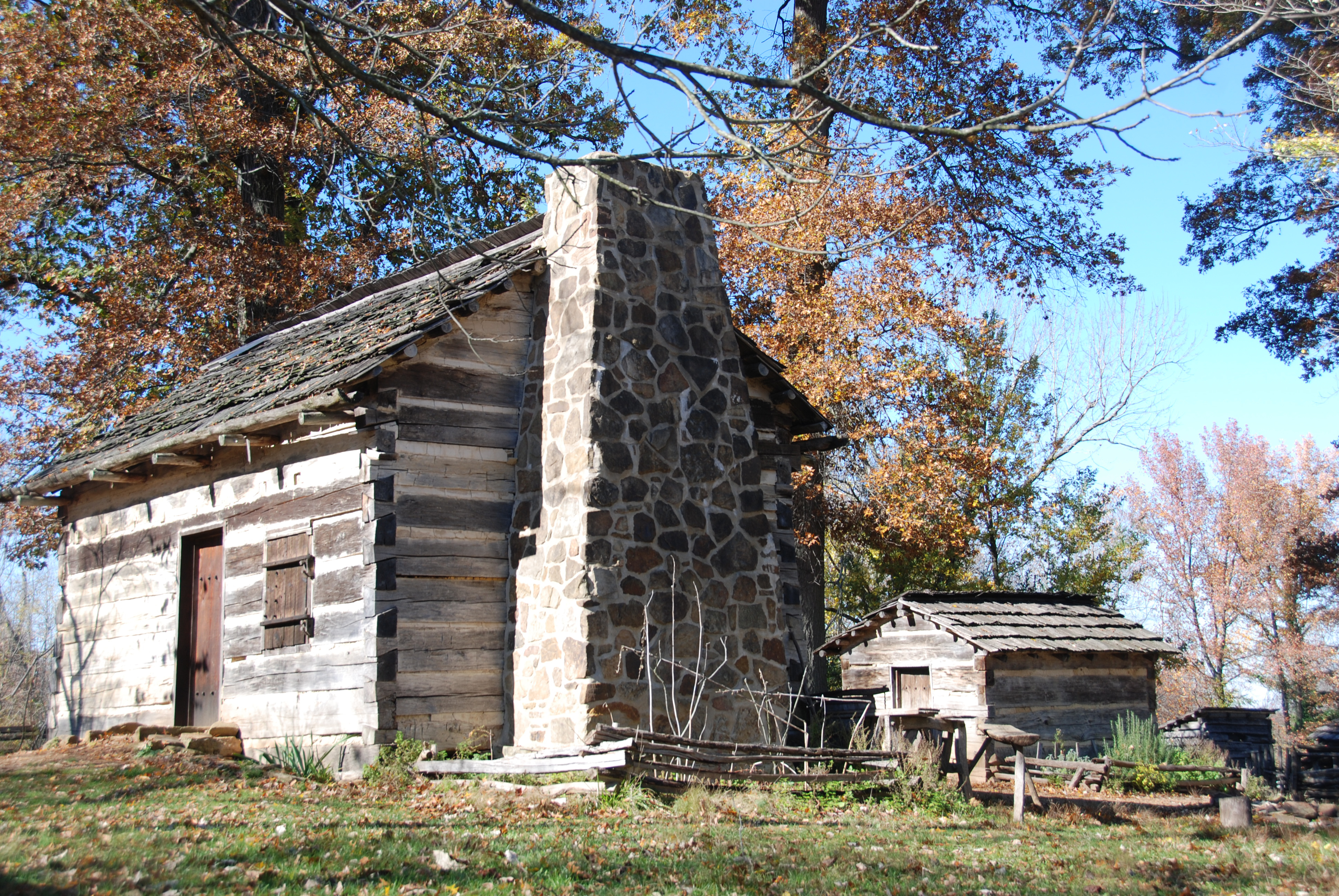
Lincoln SpringAn obscure waterway, used only by the family, Lincoln Spring was an important part of the land chosen by Abraham's father, as part of his struggle to give his family land and livelihood of their own. This desire of many ordinary Americans led to the Free Soil movement and later the Republican Party which would elect Abraham Lincoln president in 1860. 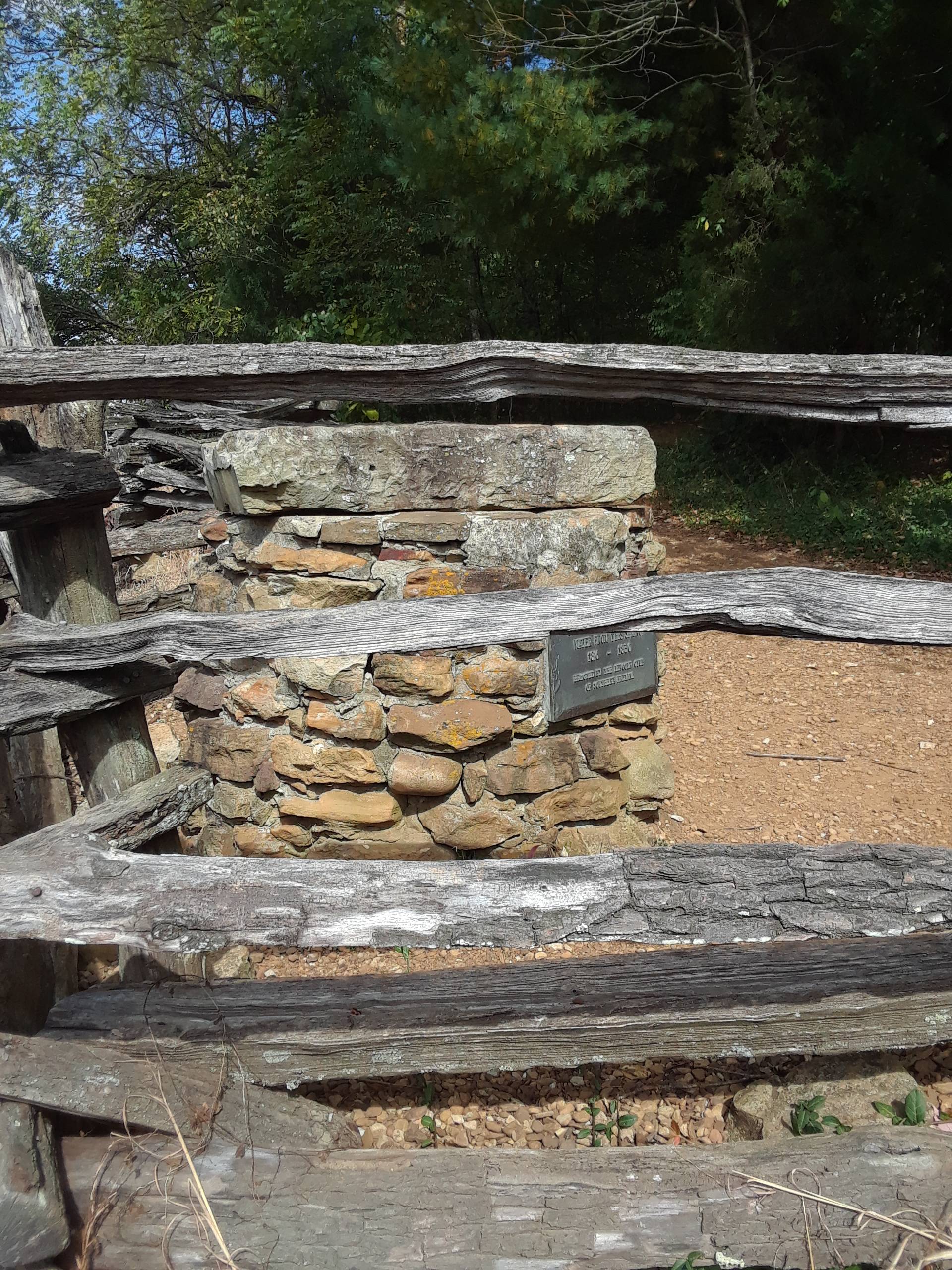
Nancy Hanks Lincoln Memorial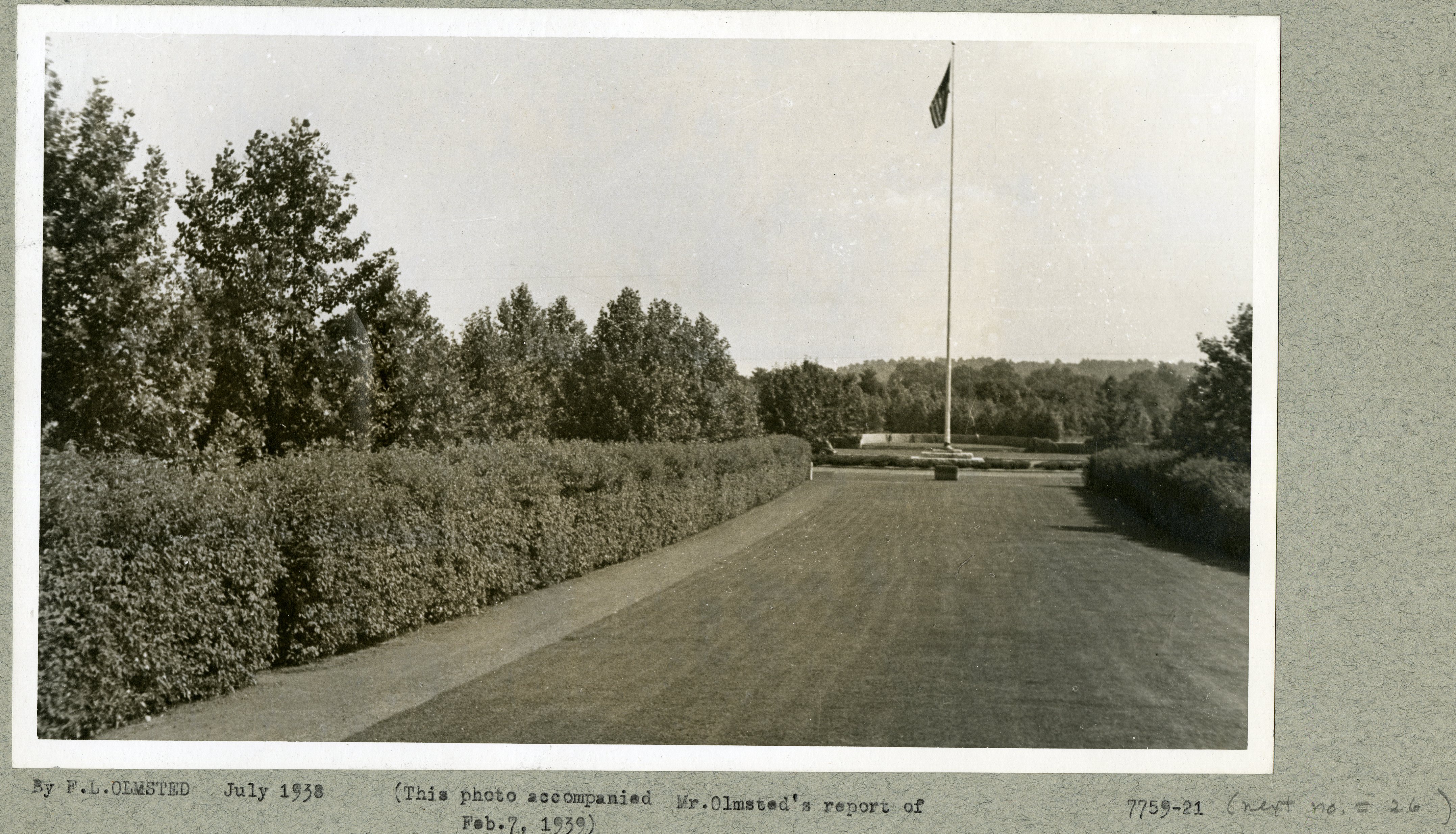
Pioneer Cemetery - Lincoln BoyhoodPioneer Cemetery where Abraham Lincoln's mother, Nancy Hanks Lincoln, and other pioneers are buried. 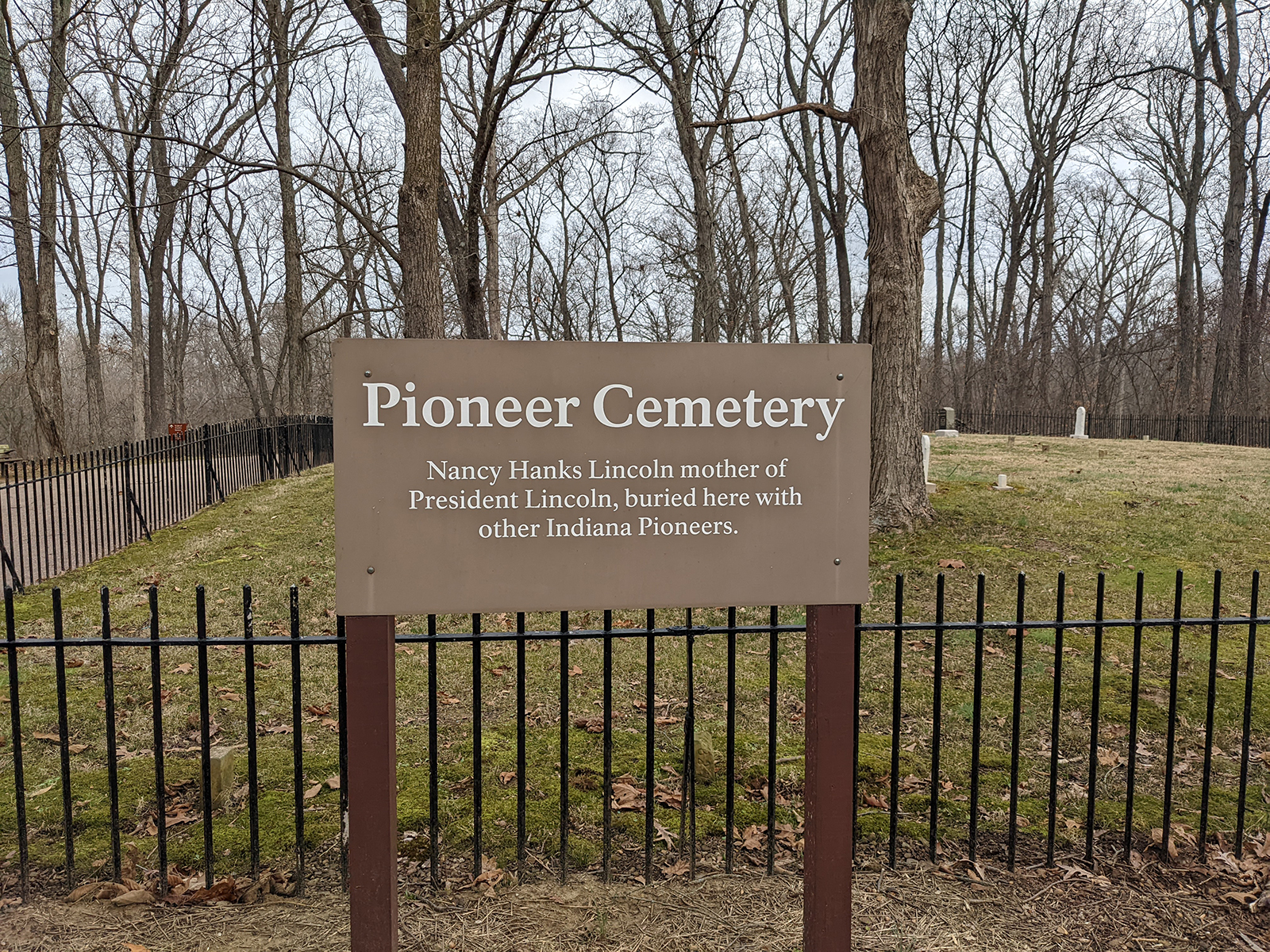
Southern Boundary of Thomas Lincoln FarmThe southern border of the Thomas Lincoln farm. At this location the Lincoln family headed north a few yards and built their new home in Indiana wilderness. 
Trail of Twelve Stones TrailheadThis trailhead marks the beginning of the Trail of Twelve Stones. Twelve stones with bronze markers review major events in Abraham Lincoln's life. 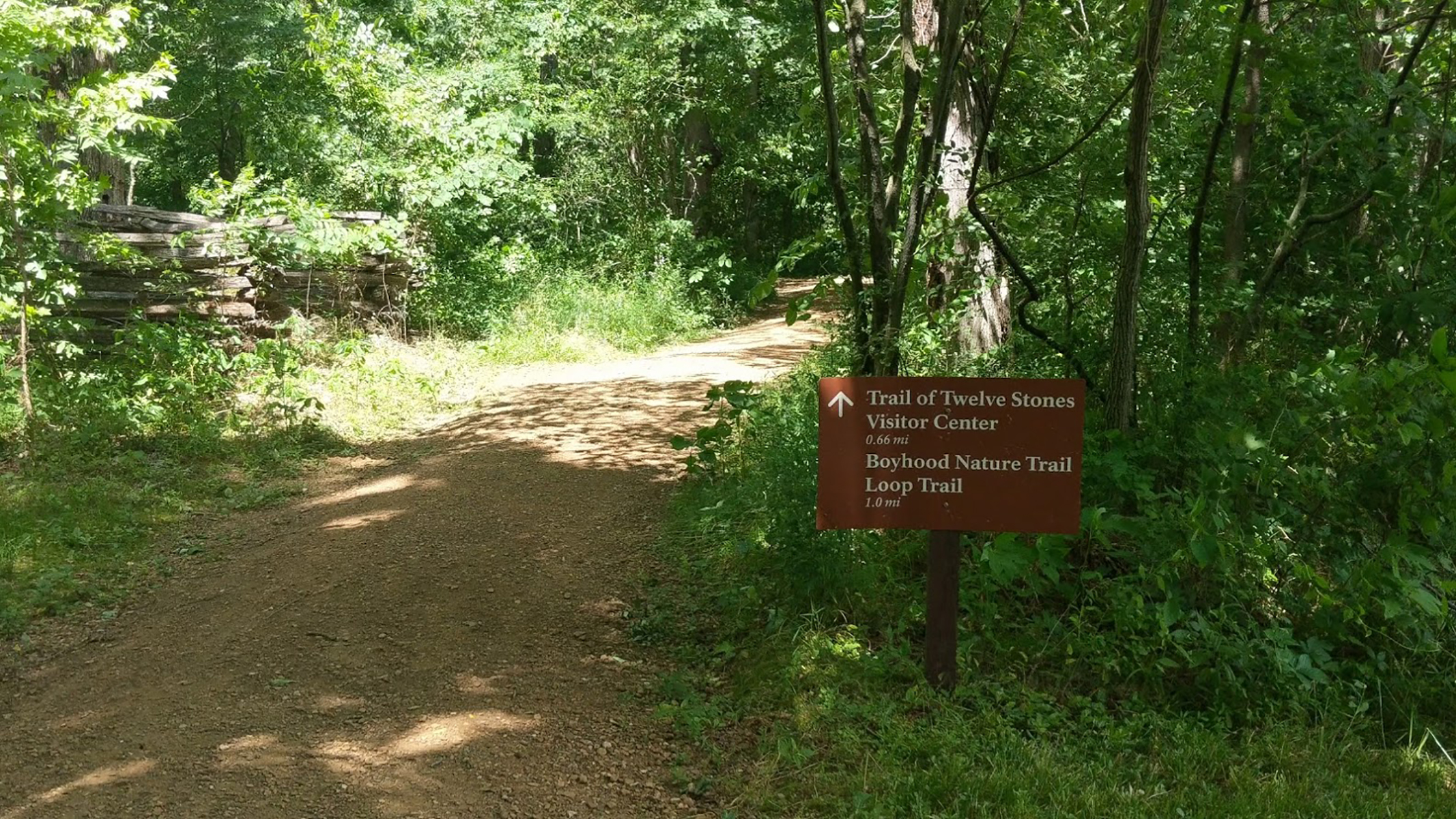
|
| Visitor Centers | Count: 1
Memorial Visitor Center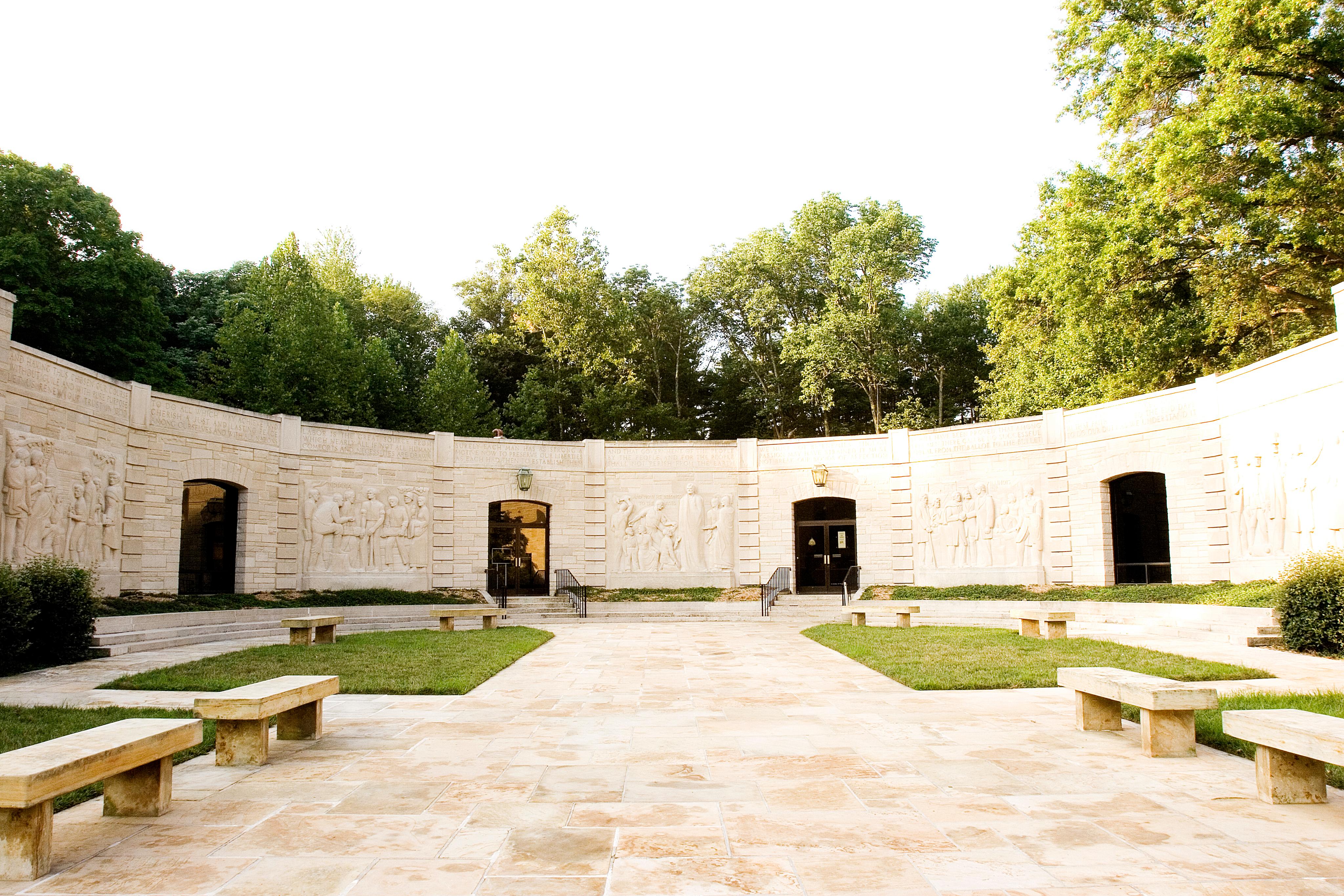
|
| Things to do | Count: 7
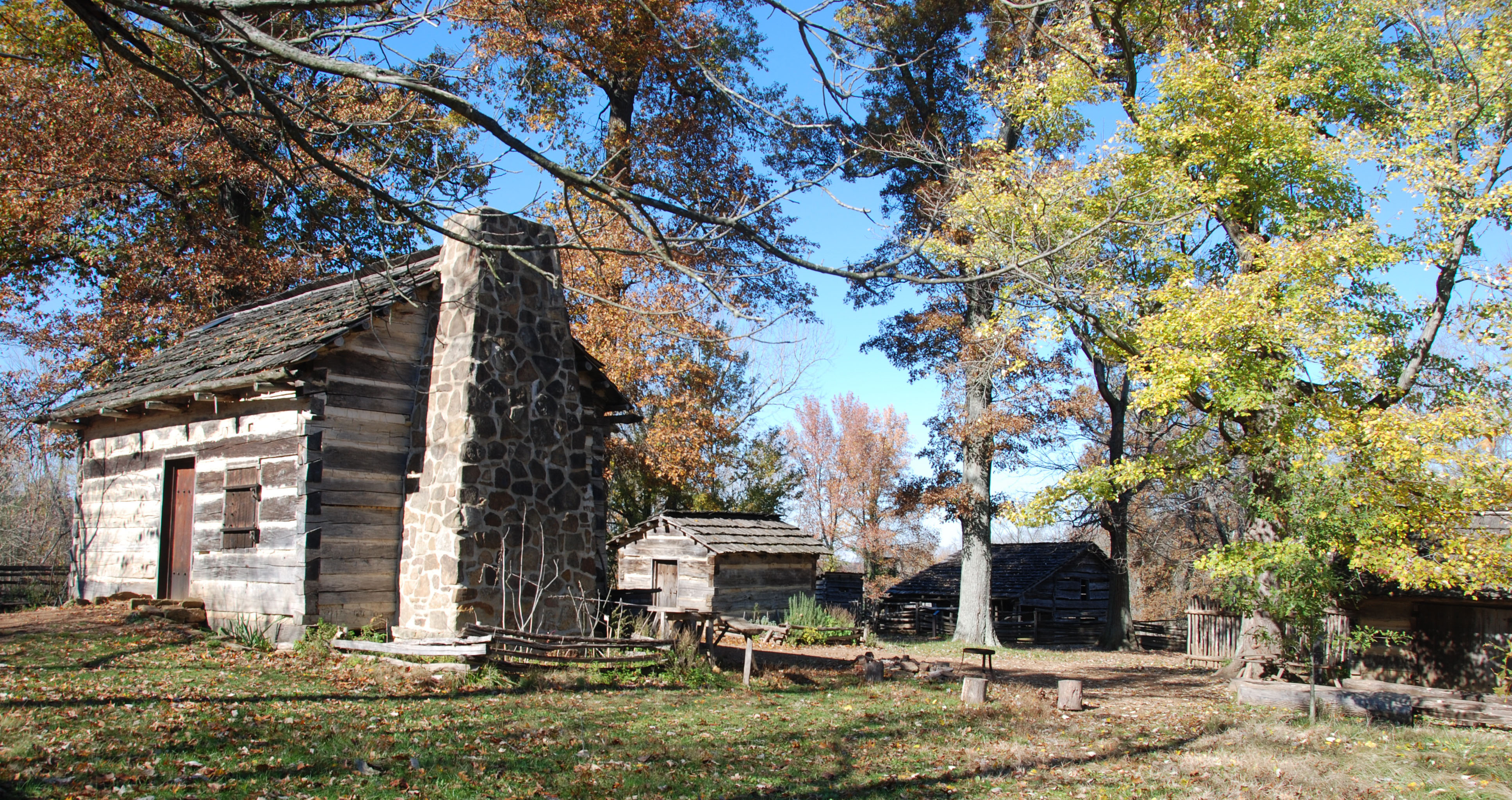
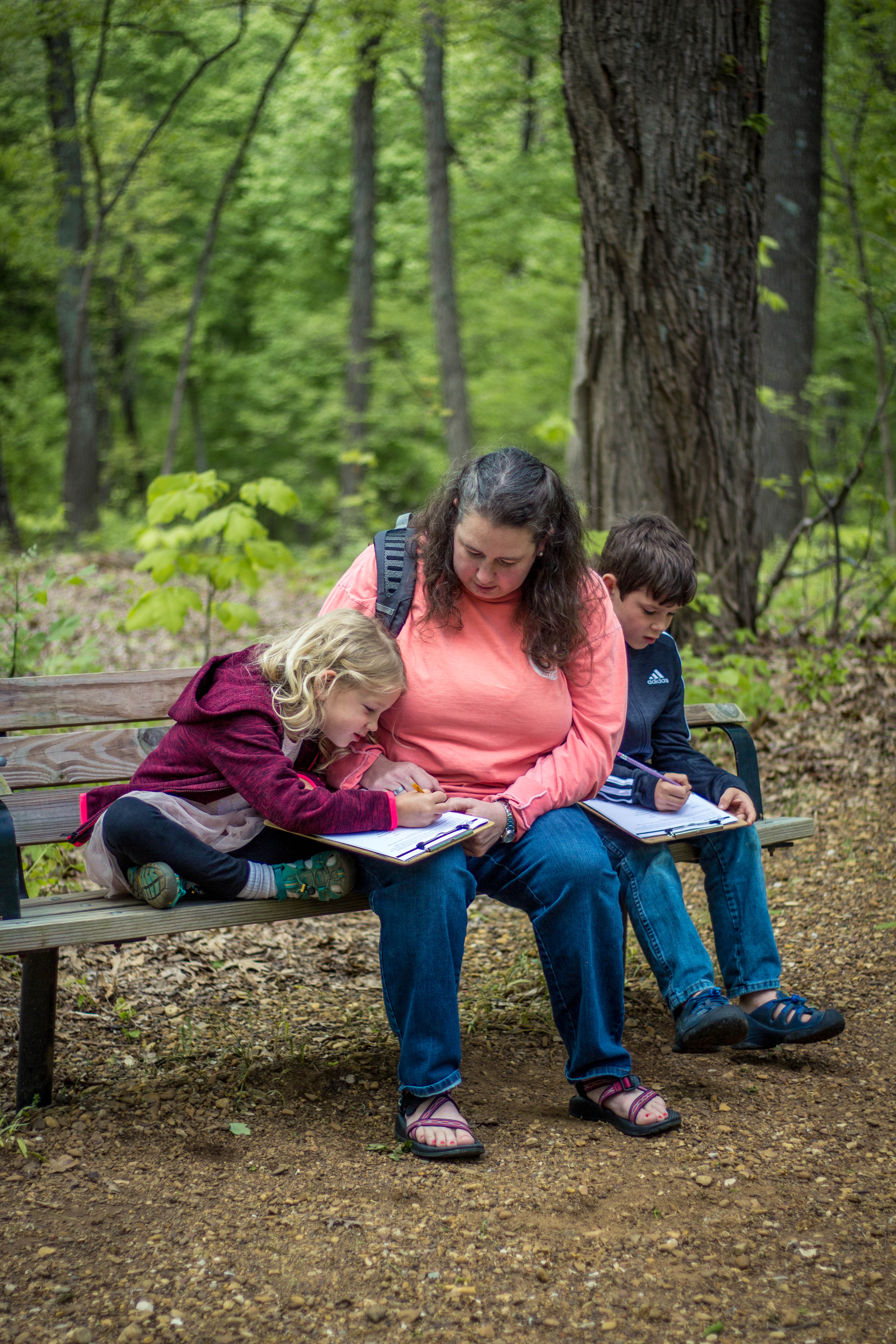
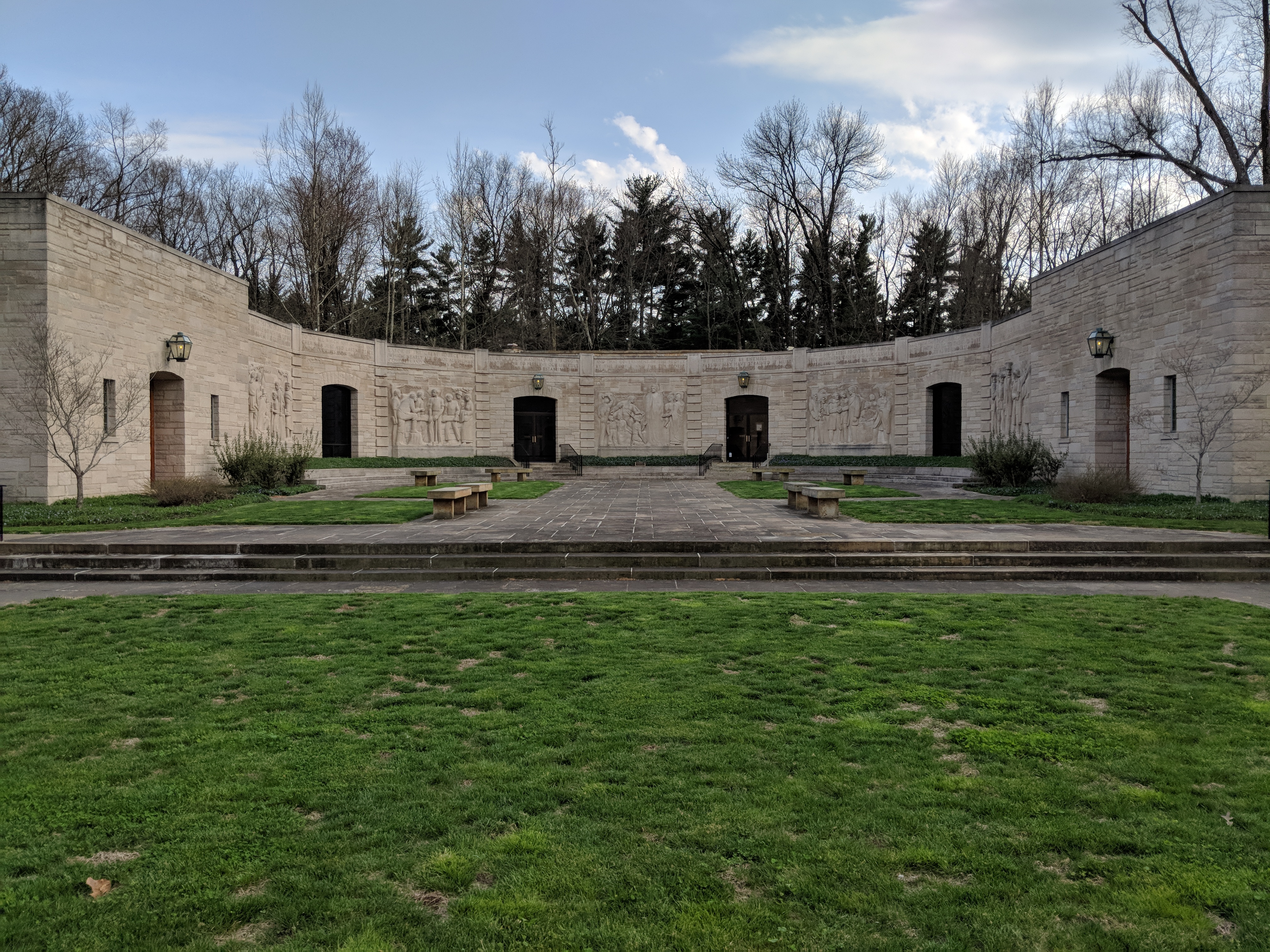
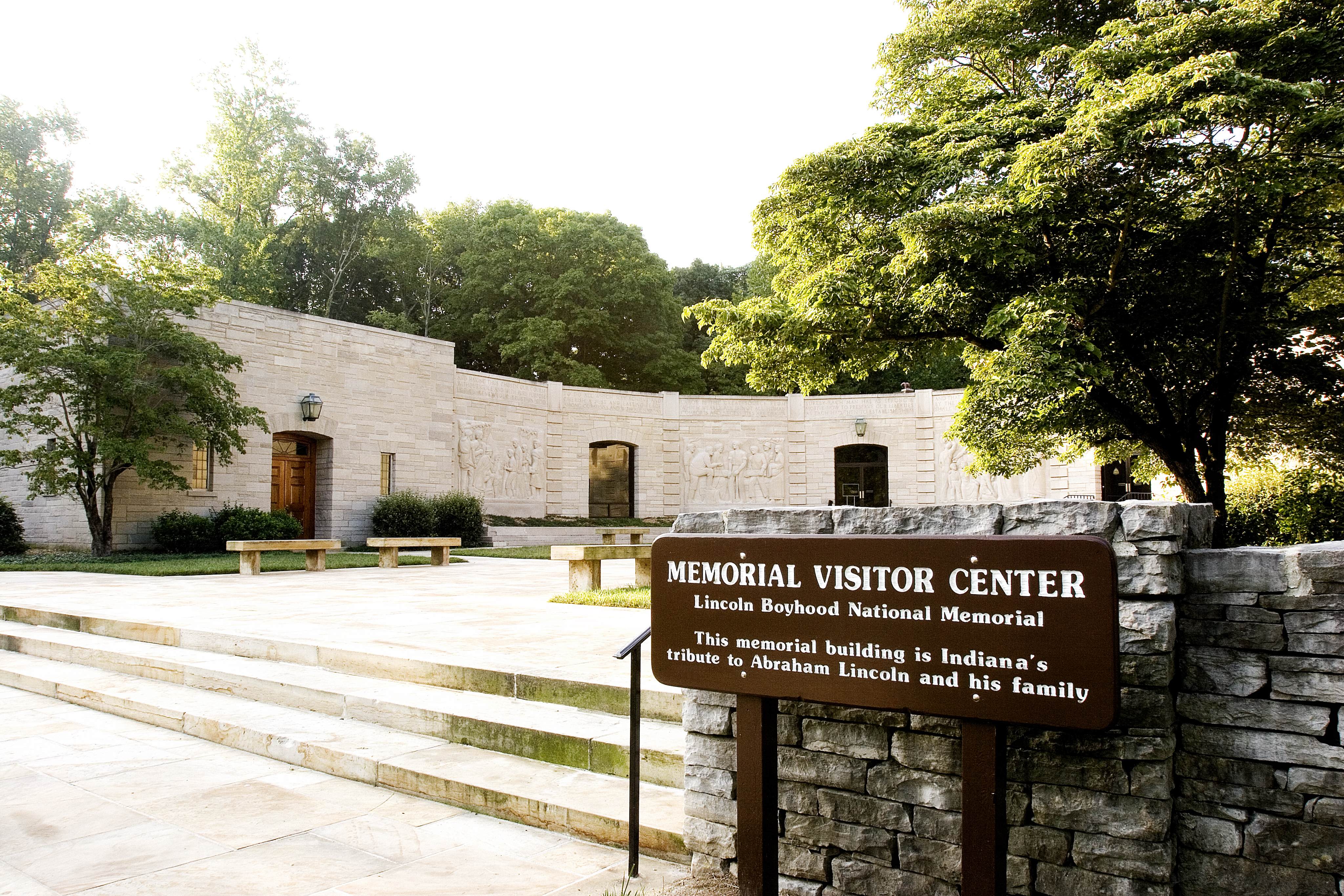
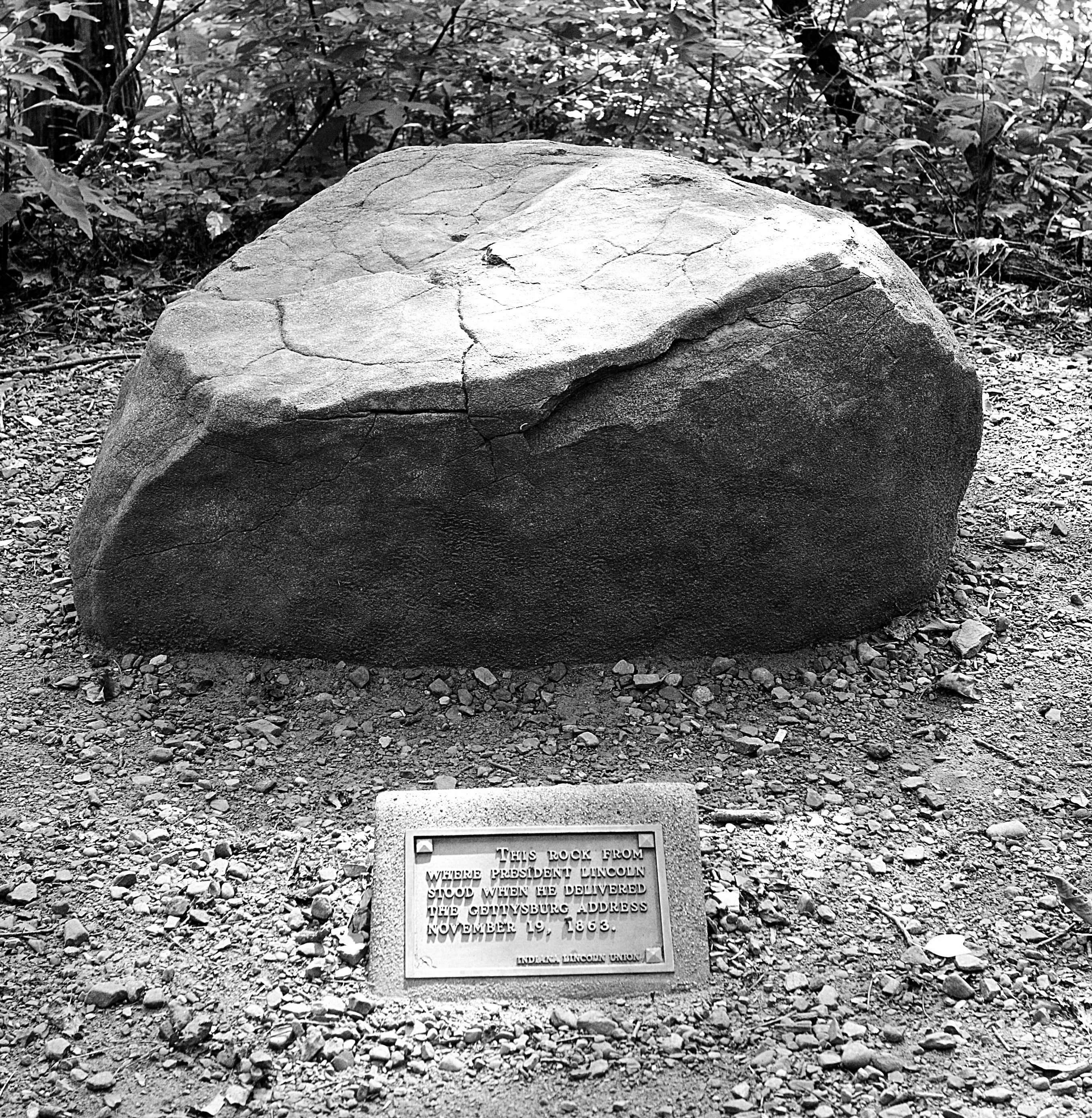
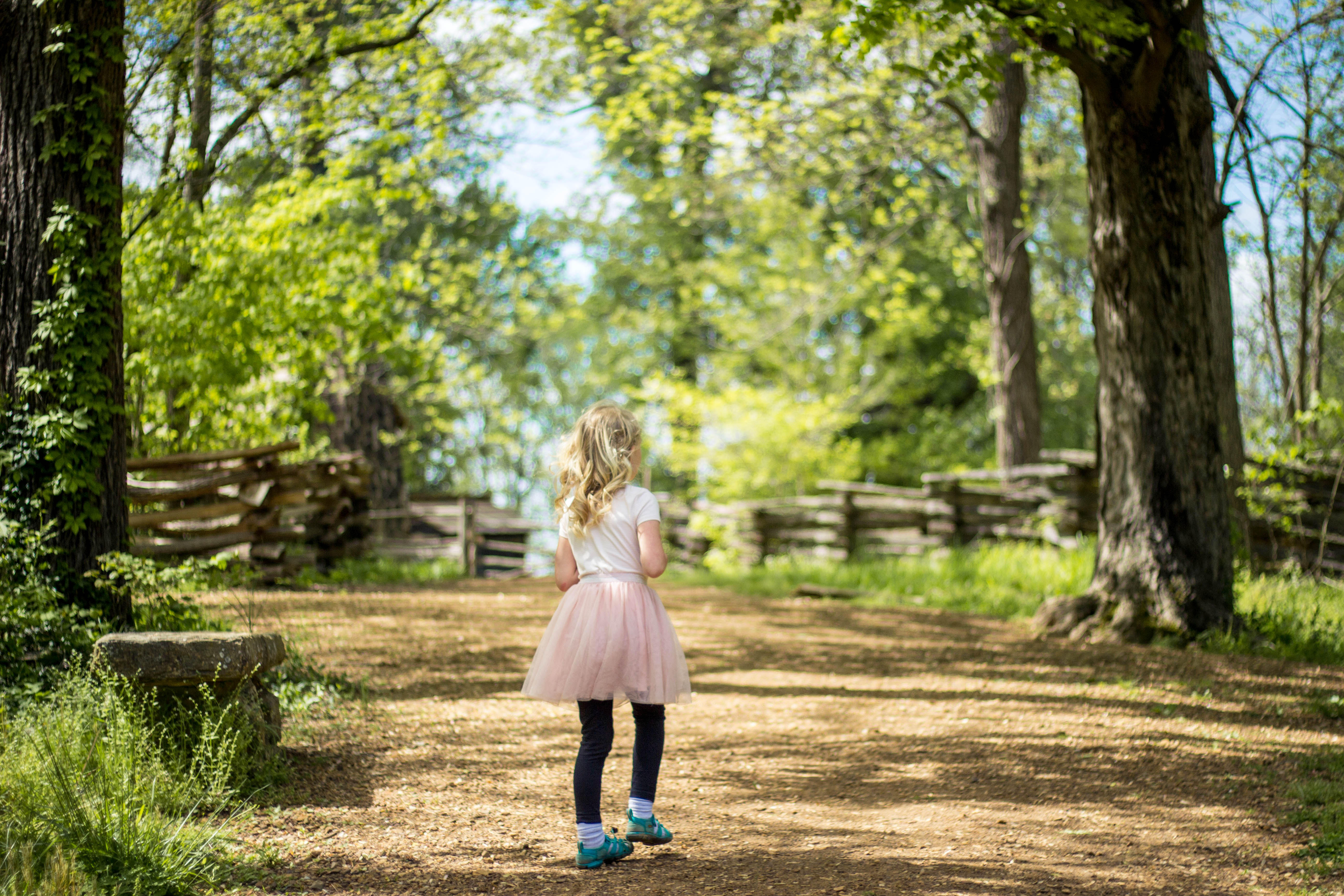
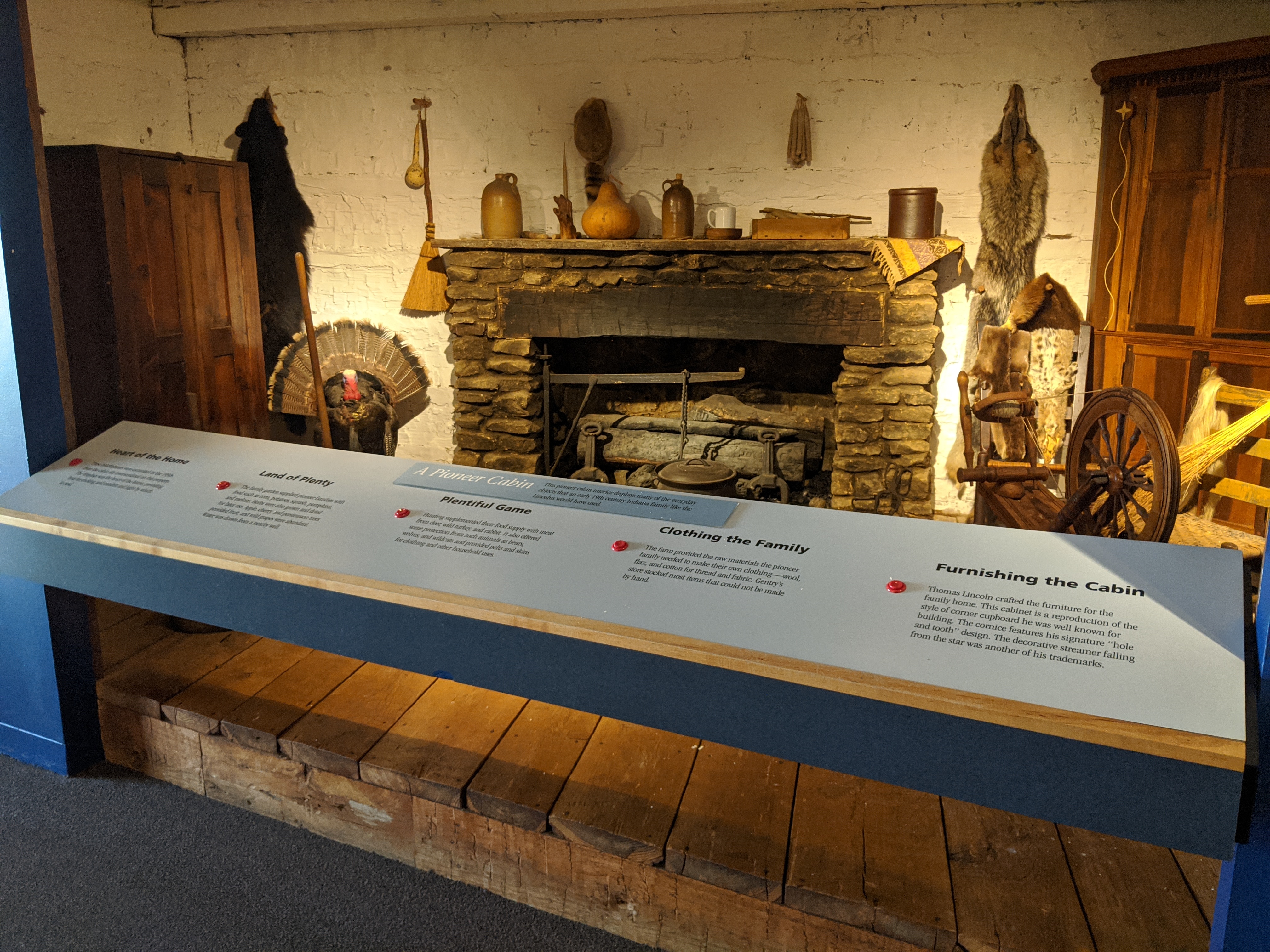
|
| Tours |
Count: 1
Reflection Tour for Families and GroupsThis reflection tour allows park visitors the opportunity to visit significant areas of Lincoln Boyhood National Memorial and to "Look, Learn and Do" to learn more. Stop at each location stop and "Look" at the place that is an important part of the Lincoln in Indiana story. "Learn" by reading the History Highlight which gives more information about that site. All members of the group will then "Do" an activity to learn more. |
| Articles |
|